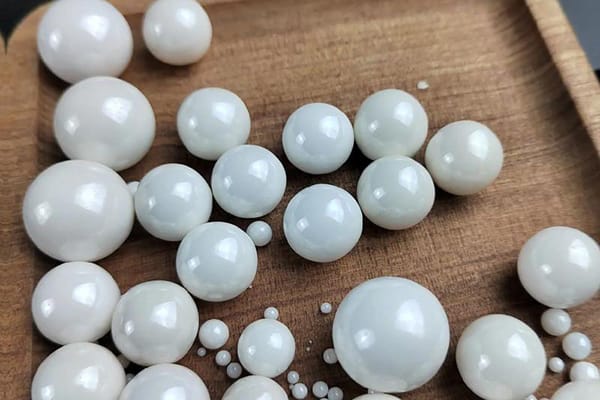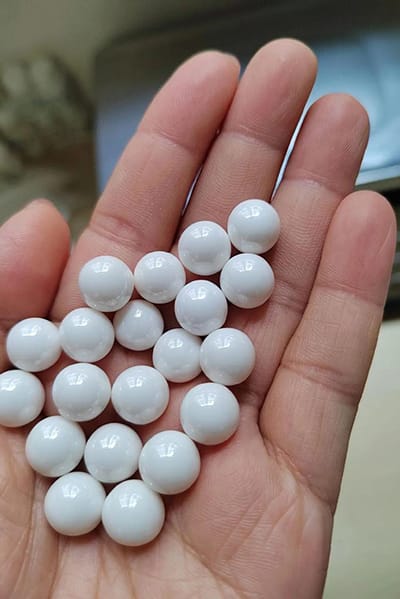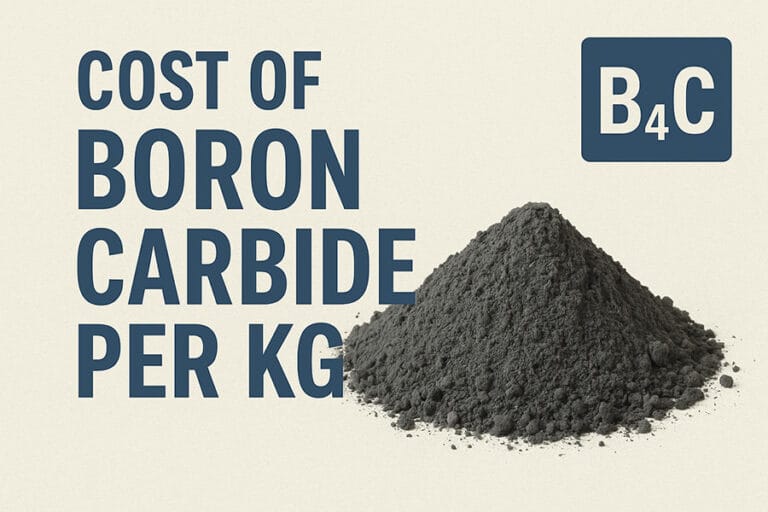Zirconium Beads: Proprietà, Applicazioni, and Global Advantages

In today’s fast-paced industrial world, precision and efficiency in material processing are more important than ever. From pharmaceuticals and biotechnology to paints, ceramics, and electronics, achieving ultra-fine grinding and dispersion can make the difference between an average product and a market-leading one. This is where zirconium beads come into play.
Also known as zirconia beads or zirconium oxide beads, these highly engineered grinding media are recognized worldwide for their density, strength, and durability. Manufacturers rely on zirconium beads to achieve nano-scale grinding, uniform particle dispersion, and contamination-free processing.
What Are Zirconium Beads?
Zirconium beads are spherical grinding media made primarily from zirconium dioxide (ZrO₂). They are produced through advanced manufacturing techniques such as high-temperature sintering or hot isostatic pressing, ensuring excellent roundness, strength, and surface finish.
Because of their superior properties, zirconium beads are often the first choice when precision and reliability are required. They are available in several formulations, each designed for different performance levels and budget needs:
- Yttria-Stabilized Zirconia Beads (YSZ): Known for extreme toughness, wear resistance, and long service life, these beads are widely used in high-energy milling.
- Ceria-Stabilized Zirconia Beads: More cost-effective than YSZ, offering good grinding performance for medium-intensity applications.
- Zirconium Silicate Beads: A balanced option between performance and cost, commonly used in paints, coatings, and pigment industries.
Properties of Zirconium Beads
1. High Density
With densities ranging from 3.8 A 6.1 g/cm³, zirconium beads deliver strong grinding and dispersion power. This high density ensures faster particle size reduction compared to lower-density media like glass or plastic beads.
2. Hardness and Wear Resistance
Zirconium dioxide has a Mohs hardness of about 8.5, making zirconium beads highly resistant to abrasion. This translates into longer bead life and reduced replacement frequency.
3. Low Contamination
The smooth and polished surface of zirconium beads minimizes material wear during milling. This is especially critical in pharmaceutical, electronic, and food applications where contamination must be avoided.
4. Chemical and Thermal Stability
Zirconium oxide beads are resistant to acids, alkalis, and organic solvents, ensuring stable performance across a wide range of processes. They also maintain their integrity under high thermal conditions, making them suitable for demanding applications.
5. Size Versatility
Available in sizes from 0.1 mm to 3 mm, zirconium beads can handle both nano-scale dispersion and coarse grinding, depending on the industry’s needs.

Applications of Zirconium Beads
1. Pharmaceuticals and Biotechnology
- Cell disruption for protein extraction.
- Milling of active pharmaceutical ingredients (APIs) to nano-scale for better bioavailability.
- Ensuring sterility and purity in drug manufacturing.
2. Paints, Coatings, and Pigments
- Achieving ultra-fine pigment dispersion for better gloss and color strength.
- Enhancing long-term stability of paint formulations.
- Used in water-based and solvent-based systems alike.
3. Ceramics and Advanced Materials
- Milling of ceramic powders, oxides, and composites.
- Processing electronic materials like dielectric powders and battery electrodes.
- Supporting industries such as semiconductors and energy storage.
4. Chemicals and Minerals
- Grinding of specialty chemicals, catalysts, and fillers.
- Size reduction of high-value minerals for industrial applications.
5. Food and Cosmetics
- Production of nano-emulsions for flavors, fragrances, and nutraceuticals.
- Fine dispersion of cosmetic pigments and natural extracts for creams, lotions, and colorants.
Advantages of Zirconium Beads
- Superior Grinding Efficiency – High density leads to faster processing times and smaller particle sizes.
- Long Service Life – Resistant to wear, extending bead replacement cycles.
- Reduced Contamination Risk – Smooth surface and low abrasion protect sensitive formulations.
- Versatility – Available in multiple types (YSZ, ceria-stabilized, silicate) to suit both high-performance and cost-conscious needs.
- Cost-Effectiveness – Although the upfront cost is higher than glass or steel media, the longer lifespan and reduced downtime make zirconium beads a more economical choice in the long run.
Choosing the Right Zirconium Beads
When selecting zirconium beads for your process, consider the following:
- Bead size:
- 0.1–0.5 mm for nano-dispersion.
- 1–3 mm for coarse grinding and larger particle reduction.
- Bead formulation:
- YSZ for high-performance, high-energy milling.
- Zirconium silicate for cost-sensitive applications like coatings.
- Ceria-stabilized zirconia beads for general-purpose grinding.
- Mill type:
- Bead mills, attrition mills, and horizontal sand mills may require different bead specifications for optimal results.
Global Demand for Zirconium Beads
With the rapid growth of industries such as pharmaceuticals, ceramics, coatings, and energy storage, the demand for zirconium beads has been increasing worldwide. Their global reputation for quality and performance makes them the go-to grinding media in both developed and emerging markets.
- Europe and North America: Strong demand in pharmaceuticals, electronics, and specialty chemicals.
- Asia-Pacific: Rapid growth in paints, coatings, and battery industries is fueling consumption.
- Middle East & Africa: Increasing use in ceramics and construction materials.
As industries continue to evolve, zirconium beads are expected to remain a cornerstone of efficient, reliable, and contamination-free milling.
FAQs About Zirconium Beads
Q1: Are zirconium beads safe for pharmaceutical use?
Yes. Thanks to their low contamination risk and chemical stability, zirconium beads are widely used in pharmaceutical and biotech applications.
Q2: What is the difference between zirconium beads and zirconia beads?
They are essentially the same. Zirconium beads, zirconia beads, and zirconium oxide beads are different names for the same grinding media.
Q3: Can zirconium beads be reused?
Yes. Due to their high wear resistance, zirconium beads can be reused multiple times before replacement is necessary, making them cost-effective.
Q4: How do zirconium beads compare to glass beads?
Zirconium beads have higher density, hardness, and durability, resulting in more efficient grinding and a longer service life than glass beads.
Q5: What industries benefit the most from zirconium beads?
Key industries include pharmaceuticals, paints, ceramics, electronics, chemicals, food, and cosmetics.
Zirconium beads for Sale
Zirconium beads (also called zirconia beads or zirconium oxide beads) have become the global standard for high-performance grinding and dispersion. With their unmatched density, hardness, wear resistance, and chemical stability, they deliver consistent results across industries ranging from pharmaceuticals to paints, ceramics, and food processing.
By choosing the right type and size of zirconium beads, manufacturers can reduce processing times, improve product quality, and lower long-term costs—making them an essential investment for global competitiveness.
Looking for a reliable supplier of zirconium beads?
Contact Henan Superior Abrasives today to learn more about our high-quality zirconium beads and grinding media solutions. Our team can help you select the right product for your application.
Email us at sales@superior-abrasives.com to get started.
Potresti anche essere interessato a ...
Contattaci
Ottieni citazione gratuita
Fondato in 2001, HSA è uno dei principali fornitori di fumi di silice e abrasivi in Cina, e anche la fonte premium di prodotti ad alte prestazioni per le industrie concrete e abrasive.



